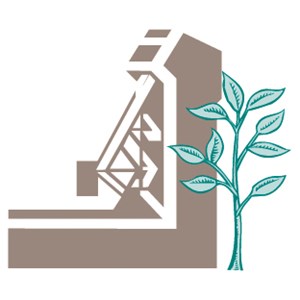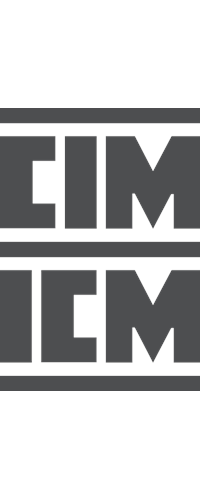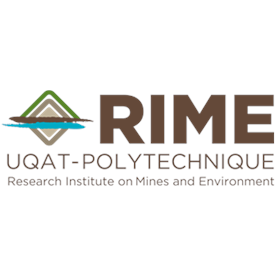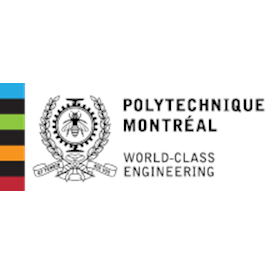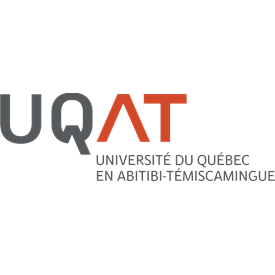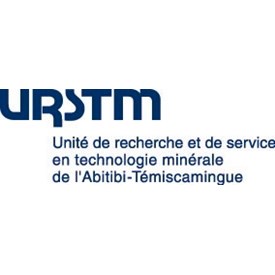Workshops
Three intensive courses will be offered at the Université du Québec en Abitibi-Témiscamingue, Campus Rouyn-Noranda, 445 de l'Université Blvd. Please note that some workshops will only be given in French.
The workshop on Mineralogical Applications throughout the Mining Cycle will highlight the importance of mineralogical techniques available in providing crucial information along the various life of mine stages. In particular, it will address the relevance of mineralogical studies in the determination of the full and just potential of a given deposit, right from exploration stage. It will also be shown how mineralogy can be used for evaluating the metallurgical and environmental consequences of the exploitation of a deposit as well as the processing of its ore. The treatment process can be optimized using mineralogy and can also be diagnosed in case of underperformance thanks to the important advances in applied mineralogy over the last decade. Finally, some examples will illustrate the contribution of applied mineralogy to reliable environmental prediction and therefore good mine wastes management, including the possibility of reprocessing and recovery. The training will end with a live demonstration of the main mineralogy tools available at the URSTM-IRME-UQAT.
The treatment of contaminated wastewater is a major challenge for the mining industry in a responsible mineral resource exploitation context. Common but still problematic contaminants include highly contaminated acid mine drainage (AMD) and ammonia nitrogen. The treatment of heavily contaminated AMD poses challenges, especially during site remediation, while that of ammonia nitrogen is complex during mining operations. The seminar will focus, through case studies, on the challenges of conventional technologies for the treatment of these contaminants, emerging technologies (dispersed alkaline substrates for heavily contaminated AMD and annamox for ammonia nitrogen), as well as the evaluation and treatment of aquatic toxicity of mine effluents.
One way to control contaminant generation from mine disposal sites is to limit water seepage. To do this, materials with low hydraulic conductivity must be used as cover in the overlays. These materials include natural materials and composite materials such as geomembranes and bentonite geocomposites. This workshop aims to at presenting the properties of these materials and the main factors that influence their performance in the short, medium and long term. Presentations from international experts will discuss the topic and a question / discussion period will allow participants to interact with them.
